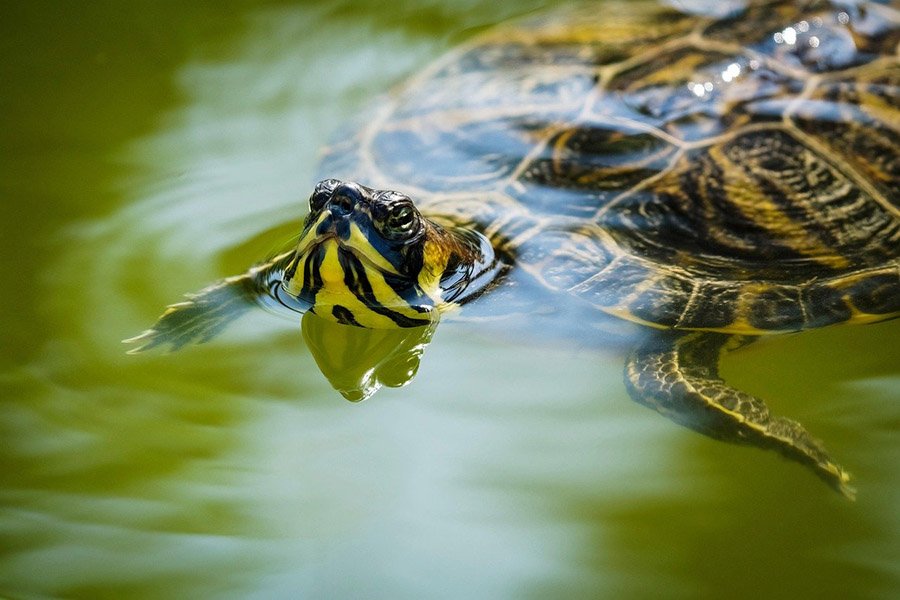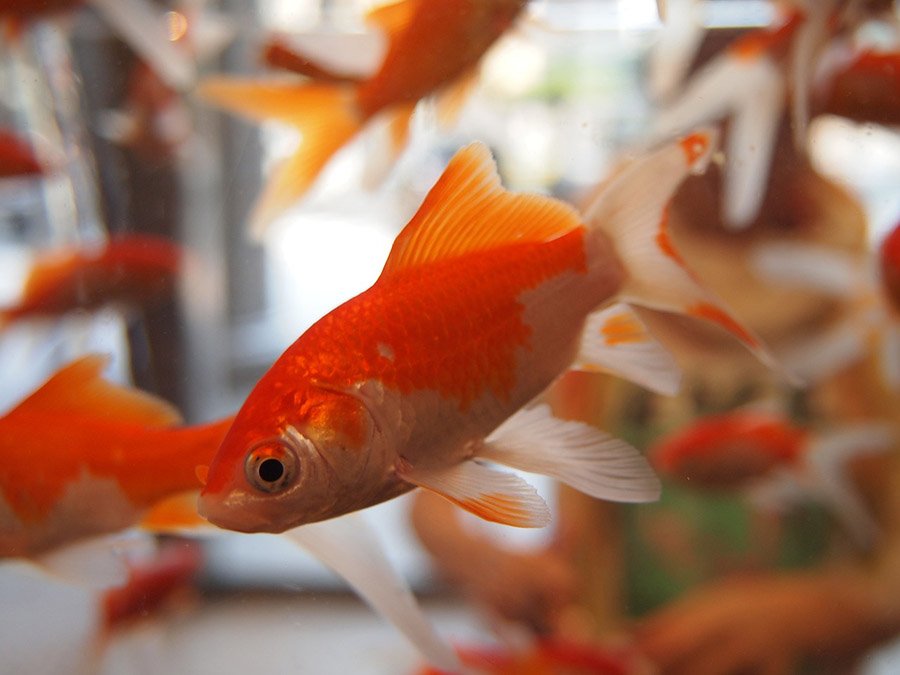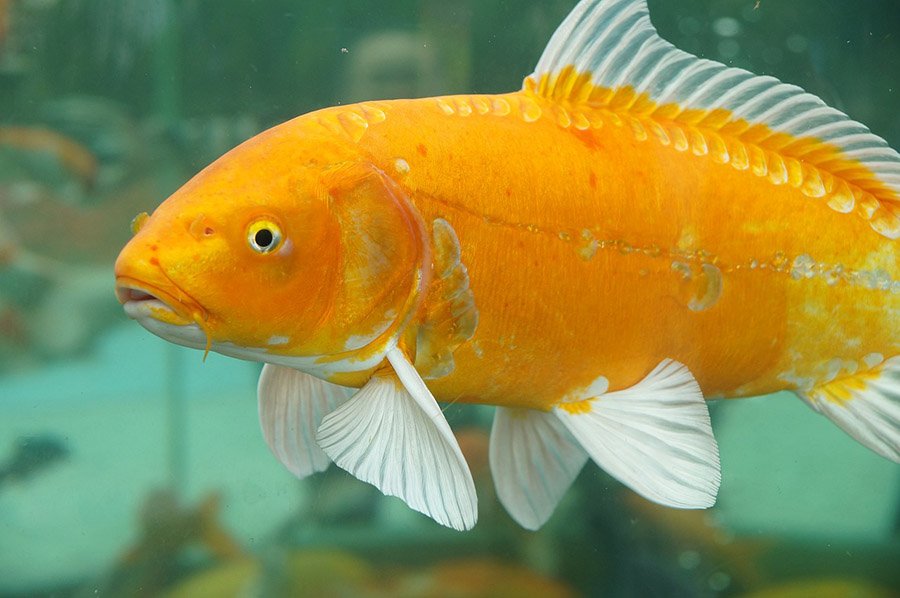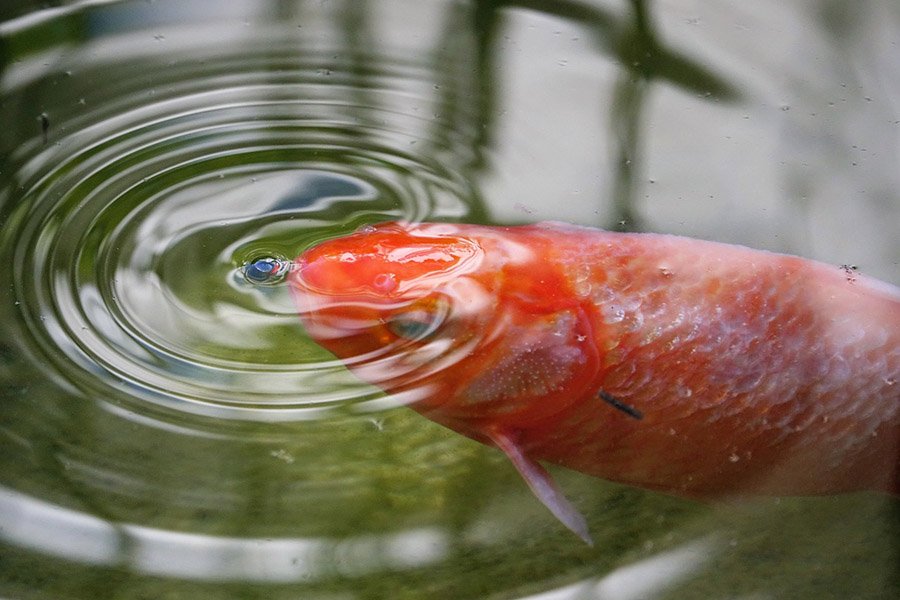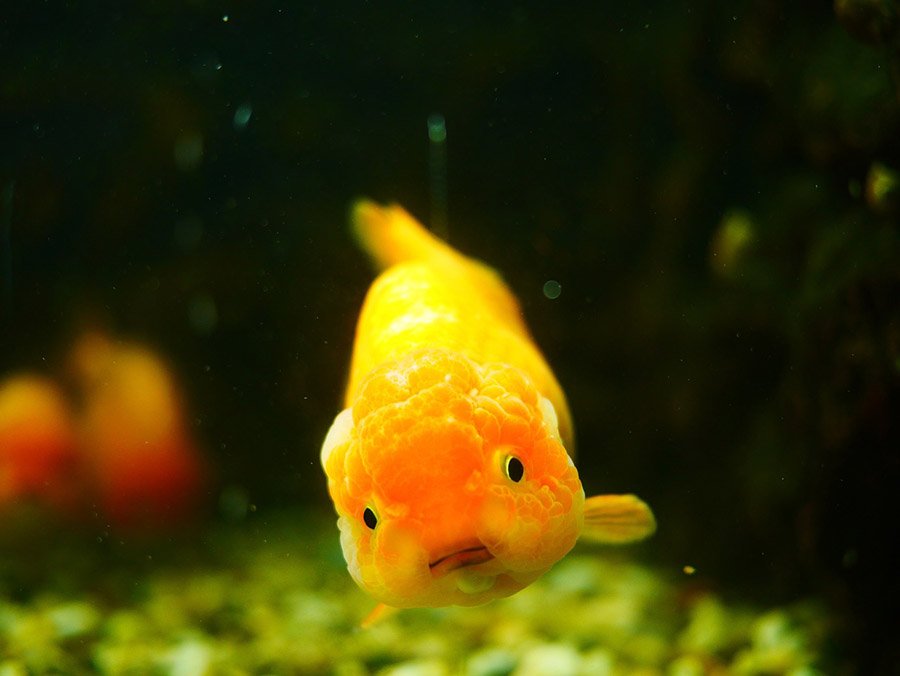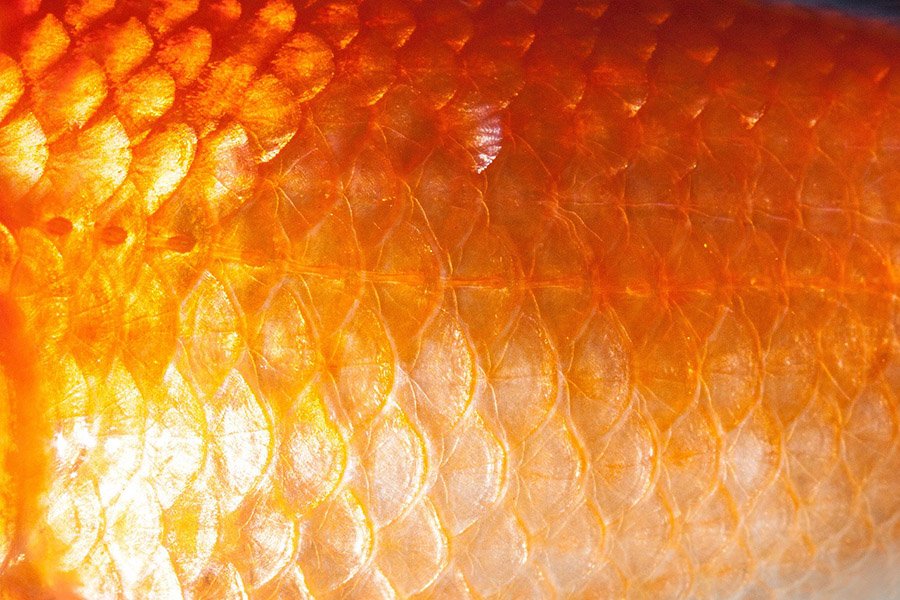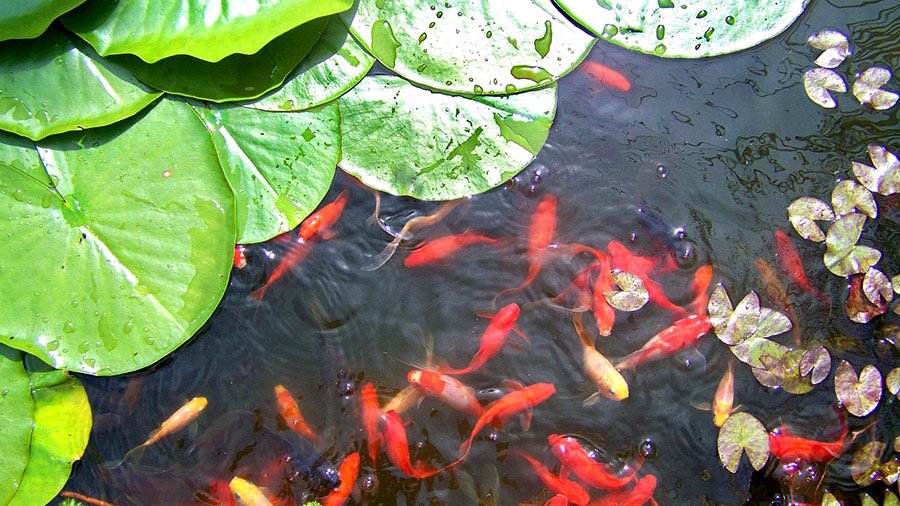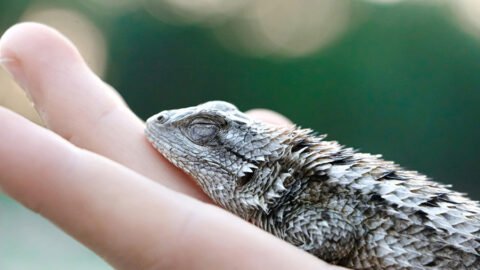Turtles, often admired for their slow-paced lifestyle and serene presence, have captivated the interest of pet enthusiasts and researchers alike. Understanding their dietary preferences is essential for ensuring their well-being, especially when considering the introduction of other aquatic species into their habitat.
One common query among turtle owners is whether it is safe or beneficial to feed their turtles goldfish. This article delves into the complexities of this topic, providing a comprehensive analysis based on scientific research, expert opinions, and real-world case studies.
Introduction to Turtles and Their Dietary Habits
Turtles, particularly freshwater species, are known for their diverse and adaptable dietary habits. Unlike their herbivorous tortoise cousins, many turtles are omnivorous, requiring both plant and animal matter to thrive. This dual diet helps them maintain a balanced intake of essential nutrients. In captivity, turtle diets often include commercial pellets, leafy greens, and occasional protein sources like insects or small fish.
In their natural habitats, turtles exhibit opportunistic feeding behaviors, consuming whatever is readily available. This adaptability is key to their survival, allowing them to exploit various food sources depending on the season and local ecosystem. Given their broad dietary range, it’s crucial for pet owners to understand the specific needs of their turtle species to provide a nutritionally complete diet.
While turtles can eat a variety of foods, not all are suitable for their health. The challenge for pet owners lies in mimicking the turtle’s natural diet within a controlled environment. This often involves a mix of commercial foods and fresh produce, with careful consideration of protein sources to avoid potential health risks.
Goldfish: A Popular but Risky Tankmate
Goldfish, with their vibrant colors and hardy nature, are a popular choice for aquarium enthusiasts. Their appeal often leads pet owners to consider them as potential tankmates or even food sources for turtles. However, this seemingly convenient option comes with significant risks that must be carefully evaluated.
The primary concern with housing goldfish and turtles together is predation. Turtles, being opportunistic hunters, may view goldfish as prey, leading to aggressive behavior and potential harm to both species. Additionally, goldfish are typically slower swimmers, making them easy targets for turtles looking for a quick meal.
Another critical issue is the nutritional content of goldfish. While they do provide protein, they are also high in fat and may lack essential nutrients required by turtles. Furthermore, goldfish can carry parasites and diseases that may be transmitted to turtles, potentially causing severe health problems. Therefore, the decision to feed goldfish to turtles should not be taken lightly and requires thorough consideration of the associated risks.
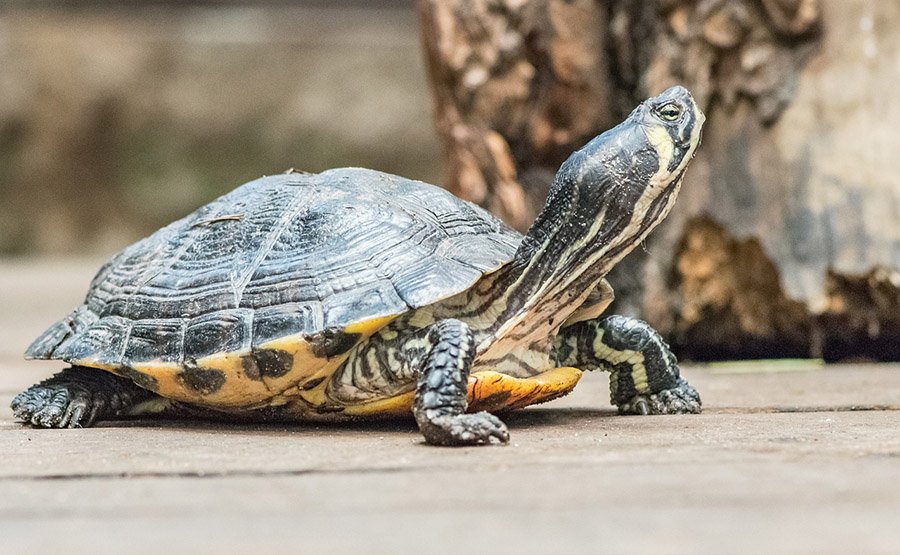
Natural Diet of Turtles in the Wild
In their natural habitats, turtles have access to a variety of food sources that cater to their omnivorous dietary requirements. Freshwater turtles, such as red-eared sliders and painted turtles, often consume aquatic vegetation, small fish, insects, crustaceans, and carrion. This diverse diet ensures they receive a balanced intake of proteins, vitamins, and minerals necessary for their growth and health.
Turtles use a combination of hunting and foraging techniques to acquire food. They may actively hunt for small fish and insects or scavenge for plant matter and deceased animals. This adaptability allows them to survive in diverse environments, from rivers and lakes to marshes and ponds. Seasonal changes also influence their diet, with turtles consuming more protein-rich foods during the warmer months when they are more active.
Understanding the natural diet of turtles provides valuable insights for pet owners aiming to replicate these conditions in captivity. By offering a variety of foods that mimic their natural intake, owners can help ensure their turtles receive a balanced and nutritious diet, promoting overall health and well-being.
Nutritional Needs of Turtles
Turtles have specific nutritional needs that must be met to ensure their health and longevity. A well-balanced diet for turtles typically includes a mix of proteins, vitamins, minerals, and fiber. Protein sources are particularly crucial for growth and development, especially in juvenile turtles. Common protein sources include insects, small fish, and commercial turtle pellets designed to provide essential nutrients.
Calcium and vitamin D3 are critical for maintaining strong shells and bone health. Without adequate calcium, turtles can develop metabolic bone disease, a serious condition that can lead to deformities and other health issues. Supplementing their diet with calcium-rich foods like cuttlebone, leafy greens, and fortified pellets is essential. Additionally, exposure to natural sunlight or UVB lighting helps turtles synthesize vitamin D3, aiding in calcium absorption.
Fiber is another important component of a turtle’s diet, aiding in digestion and preventing constipation. Leafy greens, aquatic plants, and vegetables provide the necessary fiber. By ensuring a balanced diet that includes all these elements, pet owners can help their turtles thrive and avoid common health problems associated with nutritional deficiencies.
Potential Dangers of Feeding Goldfish to Turtles
Feeding goldfish to turtles poses several potential dangers that pet owners should carefully consider. One of the main concerns is the nutritional imbalance goldfish can create in a turtle’s diet. Goldfish are high in fat and may lack essential nutrients that turtles require, leading to health issues such as obesity and malnutrition over time.
Another significant risk is the potential for disease transmission. Goldfish can carry parasites, bacteria, and viruses that might infect turtles. These pathogens can cause severe health problems, ranging from minor infections to life-threatening conditions. Ensuring that any live food offered to turtles is free from disease is crucial to maintaining their health.
Additionally, feeding live goldfish to turtles can encourage aggressive hunting behaviors. While natural for turtles to exhibit predatory instincts, this can lead to heightened aggression, making it difficult to house them with other tankmates in the future. It also increases the risk of injury to the turtle itself, as live prey can sometimes fight back or cause stress during the chase.
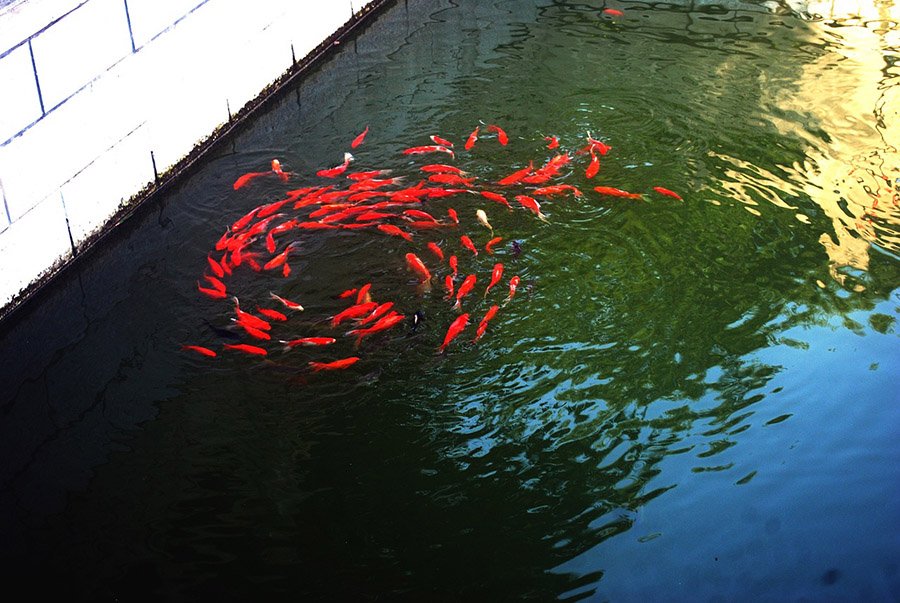
Behavioral Aspects: Turtles Hunting Prey
Turtles are natural hunters, and their predatory behaviors can be fascinating to observe. In the wild, they rely on stealth and patience, slowly stalking their prey before striking. Their hunting methods vary depending on the type of prey, with some turtles using ambush tactics while others actively chase their targets.
When turtles hunt live prey, such as fish, they exhibit a series of instinctive behaviors. These include tracking the movement of the prey, positioning themselves strategically, and using a rapid strike to capture and consume the target. This process is not only a means of obtaining food but also a way for turtles to engage in natural behaviors that contribute to their mental stimulation and overall well-being.
However, in a controlled environment like an aquarium, these hunting behaviors can lead to complications. The introduction of live prey such as goldfish can trigger aggressive tendencies, making it challenging to maintain a peaceful habitat. Furthermore, hunting live prey can sometimes result in injuries to the turtle, as the struggle between predator and prey can be physically demanding.
Case Studies: Instances of Turtles Eating Goldfish
Several case studies highlight the outcomes of feeding goldfish to turtles, providing valuable insights into the potential risks and benefits. In one instance, a pet owner reported that their red-eared slider thrived on a diet that included goldfish, showing increased activity levels and apparent enjoyment from hunting. However, over time, the turtle developed signs of obesity and shell deformities, likely due to the high fat content in the goldfish diet.
In another case, a painted turtle was introduced to a tank with goldfish as part of an experimental study. Initially, the turtle exhibited typical predatory behavior, successfully hunting and consuming the goldfish. However, within weeks, the turtle showed symptoms of a parasitic infection, traced back to the goldfish that were not adequately quarantined before being introduced to the tank.
A third case involved a group of musk turtles that were fed goldfish intermittently. While the turtles displayed natural hunting behaviors and seemed to enjoy the live prey, long-term observation revealed a decline in overall health, including slower growth rates and signs of nutritional deficiencies. These case studies underscore the potential dangers and mixed outcomes of feeding goldfish to turtles.
Expert Opinions on Turtles Consuming Goldfish
Experts in herpetology and veterinary medicine generally advise against feeding goldfish to turtles. Dr. Jane Smith, a renowned herpetologist, emphasizes that goldfish are not a suitable dietary staple for turtles due to their high fat content and poor nutritional profile. She suggests that while occasional consumption might not cause immediate harm, it is not a sustainable or healthy option for long-term feeding.
Veterinarian Dr. John Doe concurs, highlighting the risk of disease transmission from goldfish to turtles. He notes that goldfish often carry parasites and bacteria that can be harmful to turtles, stressing the importance of choosing safe and appropriate food sources. Dr. Doe recommends that turtle owners focus on providing a balanced diet with a variety of proteins, vegetables, and commercial pellets designed for turtles.
Other experts point out the behavioral implications of feeding live prey. Dr. Emily Brown, an animal behaviorist, warns that encouraging predatory behaviors in turtles through the introduction of live goldfish can lead to increased aggression and stress. She advocates for enriching a turtle’s environment in other ways, such as providing interactive toys and varied diets, to promote their natural behaviors without the associated risks.
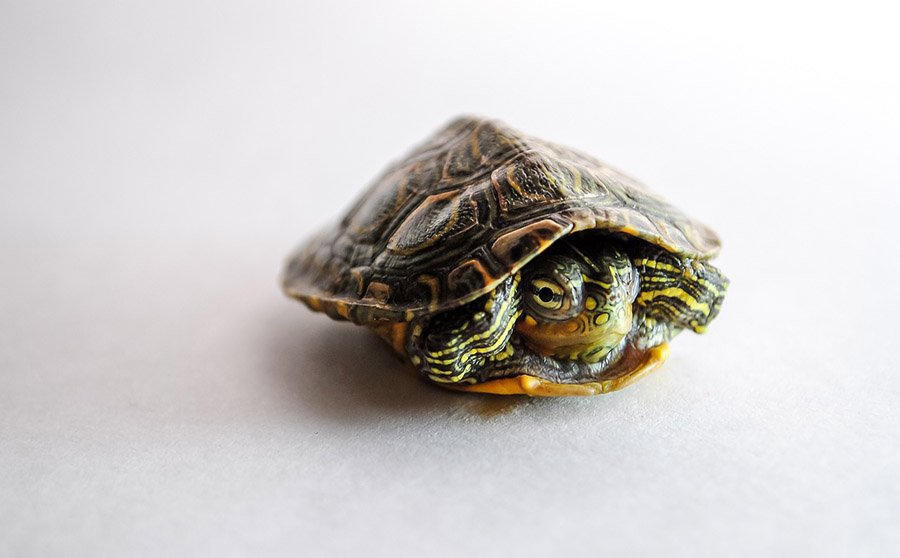
Alternative Food Options for Turtles
Given the potential risks associated with feeding goldfish to turtles, it is crucial to consider alternative food options that are both safe and nutritious. Commercial turtle pellets are specifically formulated to meet the dietary needs of turtles, providing a balanced mix of proteins, vitamins, and minerals. These pellets are a convenient and reliable staple for any turtle diet.
In addition to commercial foods, fresh protein sources such as cooked chicken, shrimp, and insects like crickets and mealworms can be offered to turtles. These options provide the necessary protein without the high-fat content associated with goldfish. It’s essential to ensure that any fresh food is free from harmful bacteria and parasites by cooking or purchasing from reputable sources.
Vegetables and leafy greens should also make up a significant portion of a turtle’s diet. Options like kale, collard greens, dandelion greens, and aquatic plants such as duckweed provide the necessary fiber and essential vitamins. By offering a variety of safe and nutritious food options, pet owners can ensure their turtles receive a well-rounded diet that promotes health and longevity.
In conclusion, while turtles can technically eat goldfish, it is not advisable due to the associated risks and nutritional concerns. The potential for disease transmission, the high-fat content of goldfish, and the behavioral implications of feeding live prey make goldfish a less-than-ideal food choice for turtles. Instead, a balanced diet consisting of commercial turtle pellets, fresh proteins, and leafy greens is recommended to ensure the health and well-being of turtles. By understanding the dietary needs and natural behaviors of turtles, pet owners can make informed decisions that contribute to the longevity and vitality of their shelled companions.

